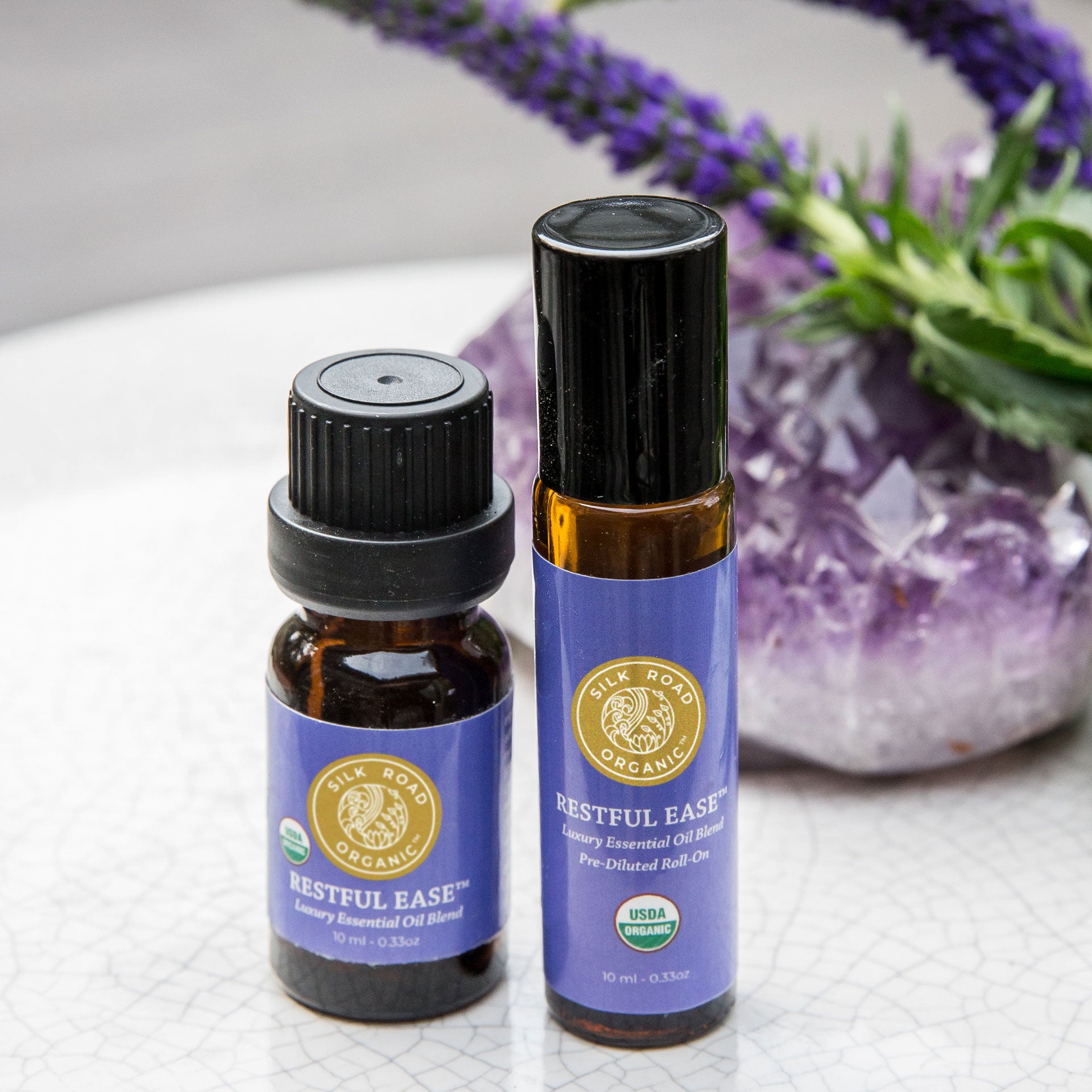May 03, 2021
Perfume has a long history that began with the Egyptians who utilized scents in everything from religious ceremonies and burial preparations to daily wear. They created scents by mixing essential oils together and adding them to ointments and balms.
Perfume is defined as “a fragrant liquid typically made from essential oils extracted from flowers and spices.”
However, the perfume industry rarely uses just essential oils when creating their fragrances. According to The Environmental Working Group (EWG) “while many popular perfumes, colognes and body sprays contain trace amounts of natural essences, they also typically contain a dozen or more potentially hazardous synthetic chemicals.” The term “fragrance” allows perfume makers to withhold ingredients to protect trade secrets, allowing for harmful ingredients to remain undisclosed.
One way to ensure your perfumes are made from the cleanest and purest ingredients is to make your own. A DIY essential oil perfume will have exactly the ingredients you choose. In addition, by using high quality organic essential oils, you will benefit from the properties and benefits associated with each oil.
Traditionally, perfume is made by layering scents according to how volatile the oils are or how easily they evaporate.
Top notes are the first scents you smell in a perfume because they evaporate quickly, sometimes within 5-10 minutes. Some popular top notes are Citrus oils (Orange, Lemon, Grapefruit), as well as Peppermint and Eucalyptus.
Middle or heart notes form the main body of a perfume and may last up to 2 hours. These commonly include Clary Sage, Lemongrass, Lavender, Rose, and Geranium.

Base notes are fixatives, meaning they hold and blend the other ingredients and stay on the skin the longest. They will start to appear within a couple hours and can sometimes last for up to a day. Some classic base notes are Sandalwood, Frankincense, and Cedarwood.
One oil bares special mention and that is Ylang Ylang which is considered by some to be a middle note and to others a base note. But no doubt a popular ingredient in many famous perfumes, used by Hermes, Guerlain, and Chanel.
Curated blends are a great place to start. The blending is done for you at the perfect ratios and you don’t have to invest in tons of individual oils. Here are some of our favorite blends that make a great fragrance alternative:

Sweet citrus & vanilla aroma
Top Notes: orange, lemon, grapefruit, bergamot
Base Note: vanilla

Warm, floral, woody
Top Notes: orange
Middle Notes: palmarosa, sweet marjoram, roman chamomile, lavender
Base Notes: sandalwood, ylang ylang, cedarwood, vetiver
You can use our pre-diluted roll-ons or use a carrier oil, witch hazel or vodka with undiluted oils to create your desired dilution. Alcohol is frequently used for dilution in perfumes because it increases the sillage or the amount of time the perfume lingers in the air so that it can be detected from farther away.
Enjoy your non-toxic, all natural essential oil perfume derived purely from nature!
September 25, 2024
October 03, 2023
September 28, 2023
Our hair is one of the first things people notice about us, and how it looks affects our confidence. You may be looking for natural solutions to add to your hair care routine to nourish and enhance. In this article, we'll share with you our top three essential oil roll-ons for hair growth, moisturizing, and maintenance.
Join the wellness conversation for aromatherapy tips, special offers and more.
